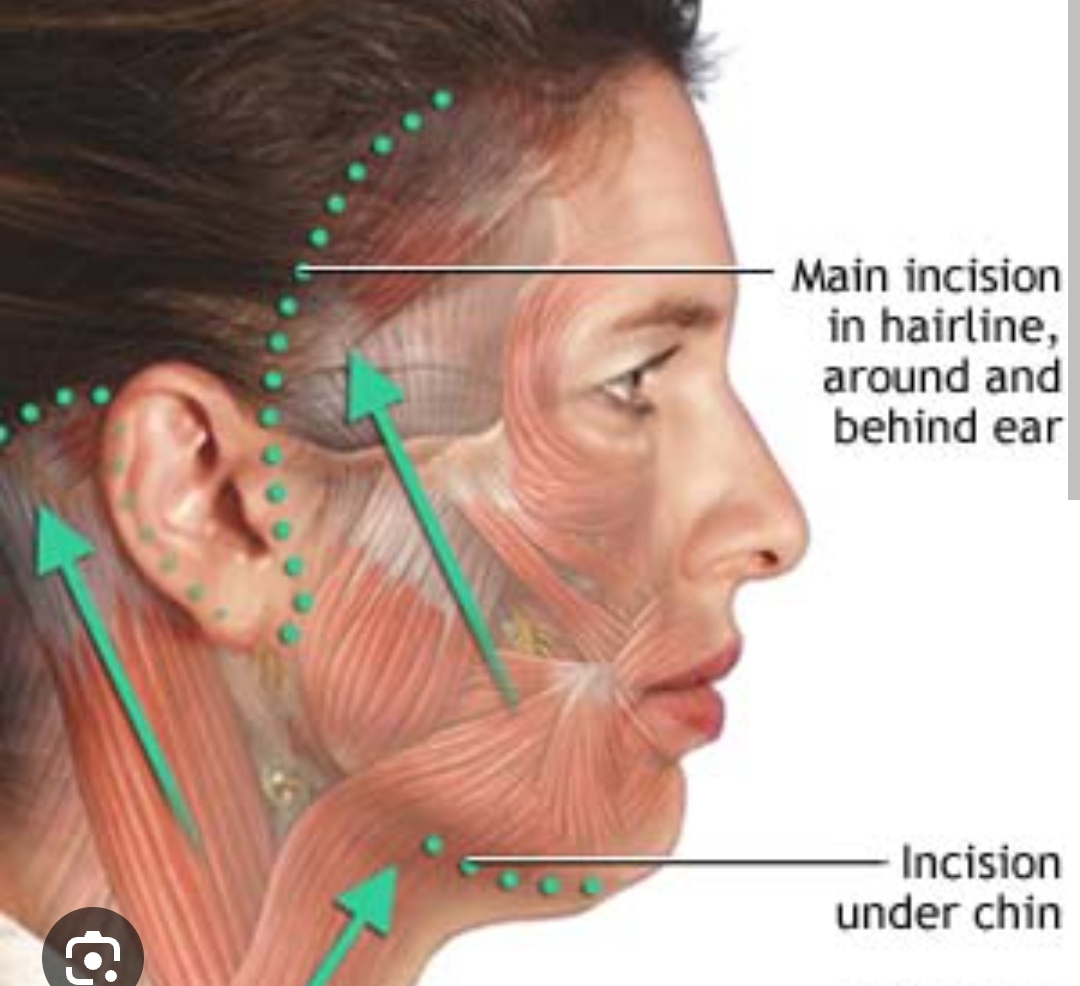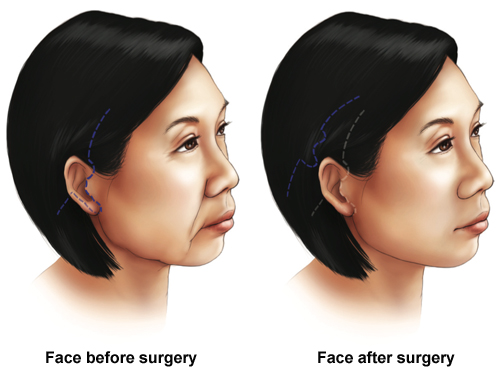Selecting the appropriate anesthesia for a rhytidectomy depends on various factors.
Advertisement
General anesthesia, inducing complete sleep and painlessness, is favored for anxious patients or lengthy surgeries. However, it involves intubation, posing risks like nausea and delayed cognitive recovery.
Local anesthesia with sedation, injecting surgical areas for numbness and providing intravenous medication for relaxation, avoids intubation but may cause some discomfort.

Photo via Drugs.com
A combined approach employs both local anesthesia and monitored sedation, balancing comfort and reduced risks compared to general anesthesia.
Advertisement
The decision hinges on consultation with your surgeon and anesthesiologist, considering your health, preferences, and procedure details.
Discuss past anesthesia experiences, pre-existing medical conditions, desired awareness level, and concerns about potential side effects.
The primary goal of rhytidectomy is to achieve a more youthful and refreshed appearance by tackling the root causes of facial aging.
It is crucial to recognize that the surgical procedure carries its own set of risks and benefits, emphasizing the need for careful consideration after consultation with a qualified plastic surgeon.
Open communication with your healthcare team is crucial for a safe and comfortable rhytidectomy experience.


Leave a Reply